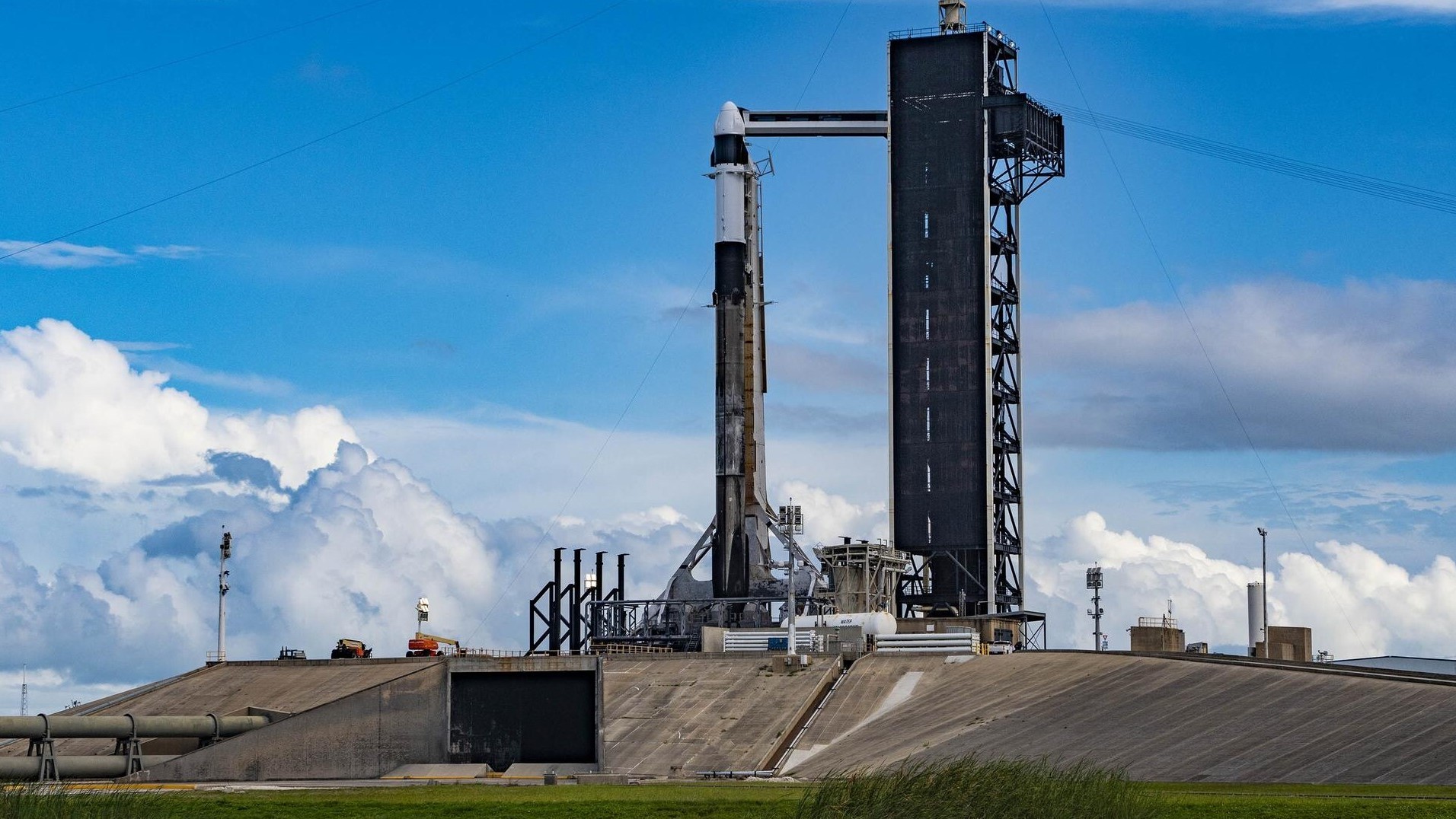
SpaceX and NASA have delayed the next Dragon cargo launch to the International Space Station by two additional days, to Nov. 9.
The robotic SpaceX mission, known as CRS-29, had originally been scheduled to lift off from NASA’s Kennedy Space Center (KSC) in Florida on Sunday evening (Nov. 5). On Wednesday (Nov. 1), however, the planned launch was pushed back to Nov. 7, to provide more time for prelaunch processing.
And we just got word of another two-day delay, which will allow for "completion of final prelaunch closeout ahead of liftoff," NASA officials wrote in a blog post on Thursday evening (Nov. 2).
If all goes according to the new plan, the Dragon will launch atop a SpaceX Falcon 9 rocket at 8:28 p.m. EST on Nov. 9 and arrive at the International Space Station (ISS) early on the morning of Nov. 11.
Related: SpaceX to launch final piece of NASA's 1st two-way laser communications relay
This latest delay is related to an issue with one of the Dragon's Draco thrusters.
"During the initial propellant load in preparation for the CRS-29 mission, teams identified a leak of NTO (nitrogen tetroxide oxidizer) in a Draco thruster valve, which per standard procedure required a pause to the operation to troubleshoot. The team inspected the valve and respective data, and decided to replace the thruster," NASA officials wrote in the Thursday evening update.
"SpaceX continues to keep NASA informed throughout the process, and the joint team collectively decided to shift launch to account for the initial part replacement and subsequent system checkouts and data reviews," they added.
As its name suggests, CRS-29 is the 29th commercial resupply services mission that SpaceX will fly to the ISS for NASA. Dragon is packed with about 6,500 pounds (2,950 kilograms) of supplies and scientific hardware for the trip.
Among the science gear is a two-way laser array that will test high-speed communications in low Earth orbit, a NASA experiment designed to study disturbances in Earth's atmosphere and a European Space Agency investigation that could improve water recovery on the ISS.
Dragon is one of three robotic spacecraft that currently haul cargo to the orbiting lab. But it's the only one that can also return gear from the ISS to Earth. Dragon is reusable, but the other two freighters — Northrop Grumman's Cygnus vehicle and Russia's Progress craft — are designed to burn up in Earth's atmosphere when their time in orbit is up.







